"I have one word for you... Math Sucks!" is a direct quote from one of my high school freshman with a learning disability (or who learns differently if you read my last piece about my awesome students).
That is a very clever line. When he said it, I laughed out loud and proceeded to tell him that the ability to come up with quick one liners like that is a sign of intelligence. Then I got to work on trying to convince him, and his classmates, that my Algebra class really is beneficial to them.

De Laurentiis Entertainment Group (DEG)
I teach Algebra to high school Freshman with special needs. Last week, I wrote about what I do on their first day of class, which just happens to be their first day go high school. That first lesson has three goals:
- Jump-start the process of getting the students to believe in themselves. (It's a very long process but a very worthwhile one).
- Begin to convince the students that I believe in them.
- Make sure they know that I will have their back in this long and essential journey.
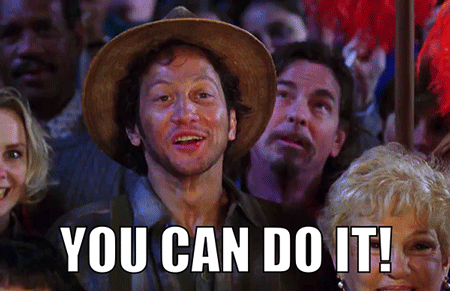
Happy Madison Productions
That third goal, especially the "essential" part, is the motivation for my second lesson. Hopefully they walk out of class on day one pumped up and eager to defeat High School... and feeling strong enough to rip the ears off of a gundark.

image
But is my class really "essential"?
I teach Algebra I to students who have struggled with math for the first eight years of their school careers. Am I really some miracle worker who is going to get all of them to break down the math barrier and live fulfilling lives as engineers? Nope. But I don't have to be. I just have to help them strengthen their brains so they can succeed in whatever field they choose.
In general, my students walk into my class nervous. They are scared of math. Math makes them mad. They hate math. They suffer because of this fear, anger and hate.
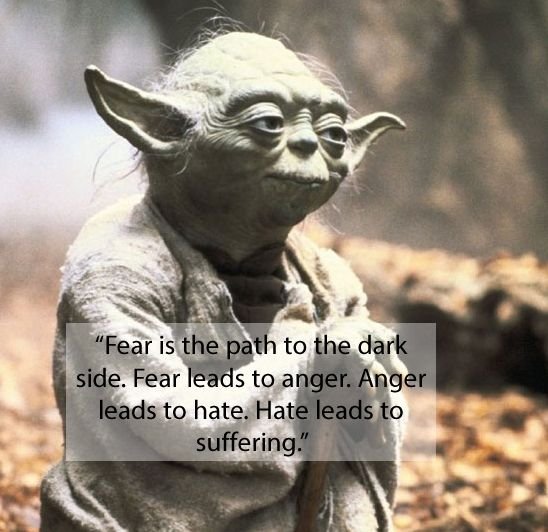
20th Century Fox
One of the first defenses a student learns is that if something is difficult and they hate it then they simply say, "This is lame. This is useless. I don't want to do it anyway."
"I don't want to" is far easier to say than "I can't".
"I don't want to" has power. The kid is in control. He'd be great at math... if it were worthwhile.
But "I can't"... that is a totally different story. "I can't" means you want to, but some outside force is stopping you from doing it. The student is powerless. Teenagers HATE to be powerless. When these students try to figure out why they don't have the power, they almost always land on one spot: "Because I am dumb". And that is a very destructive thing to think about oneself.
I start the battle against "because I am dumb" on day one. On day two, I need to attack "This is lame. This is useless. I don't want to do it anyway." This year I tried something new. Because it was only the second day, no kid had the opportunity to ask, "When are we ever going to use this?", so I was able to get ahead of that question.
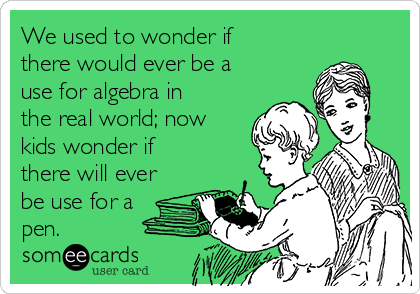
I simply posed the question myself. "When will we use Algebra in real life?", I asked. I paused and waited. My new students were too nervous to say anything. After I felt the pause was just dramatic enough I said, "I'm telling you right now, the majority of you will never use most of what we do in this class." That caught their attention.
I gave a few examples of the exceptions of when they might use algebra in daily life and then quickly conceded that "there are Apps on your phone right now that can do most of those things for you". I waited for them to pack up their belongings, get up, wave and say "Thanks for the tip. See ya." But no one moved. They wanted to know where I was going with this. I bet they thought I was tricking them. But I wasn't. I was being brutally honest... in a way.
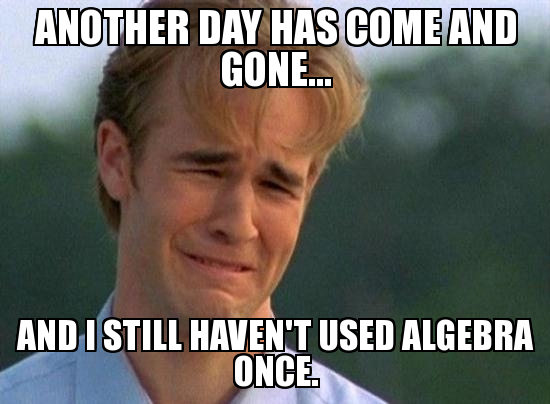
The WB
Once I had their attention, I assured them, "But there is a reason to learn Algebra". Then I showed them the following picture and asked them to guess what it was.

Wordpress
After a few delightful responses about it being an alien, sea creature, or a robot from The Matrix, a student figured out that it was the synapses firing in the brain (not in those exact words... but we got there). Next I showed them the following drawing and asked what they thought was happening.
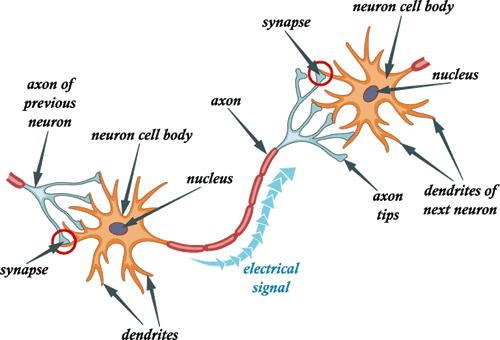
I eventually guided them to the answer I sought. A young lady finally said, "That thing is connecting the two star-shaped things together". That was a great answer to build on! I probed a little more. Eventually the kids used the correct terminology and we moved on.
The connections were the key! I explained that Algebra was going to help them to make new and stronger connections to things that they may actually find useful (Please rest assured, this lesson is just an attention getter. As the year progresses, I'll show them many practical applications).
Next, I told them that we weren't going to call them "connections". We would be calling them "pathways". I asked them if babies are born knowing everything? Of course my students responded, "No they have to learn stuff". I explained that when babies "learn stuff", they are creating pathways in their brains. Pathways that get deeper and stronger with practice.

Then I began to create my analogy. I compared their brain to a very thick forest. I then asked, "Is it easy to find your way in a very thick forest if no one has ever been there before you?" After a student answered correctly, I followed up with, "Why?" After many answers and some guidance, a student eventually answered, "Because there is no path to follow."
Bingo!
"That is what Algebra is going to do for you... create some really nice thick paths to help you find your way".
I continued the analogy by adding a baby to the mix. I asked them to imagine that a baby has been dropped in the middle of the forest. All she can do is poop and cry. She can pretty much automatically follow paths to those two destinations. But what about everything else?
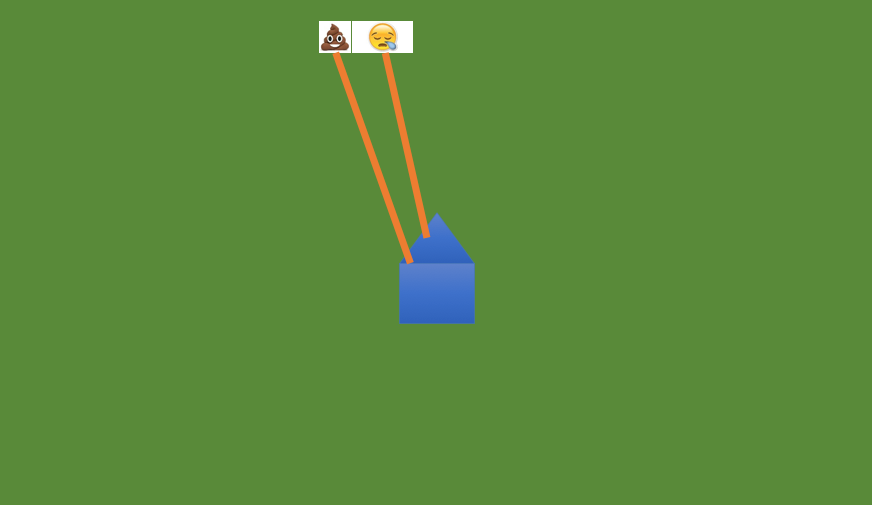
I displayed this on a screen and used my tablet to draw the pathways during the discussion.
The green was meant to represent the thick forest. (actual screenshot)
I then showed how the baby forms new pathways that branch off from older ones. Eventually, maybe a new "short cut" pathway is developed and the person can get right to their "destination".
Finally, I showed them how this connects to math. I explained that if they develop a strong pathway to Math, there are many other "destinations" they can get to. Instead of having to wander through the forest in order to find the "use logical steps to complete a task" destination or the "code an App" destination, their math pathway would help them to get close to it. From there, it would be much easier to find. I quickly continued with the other "destinations". By the end, hopefully all students saw a pathway connected to math that would be worthwhile to them.
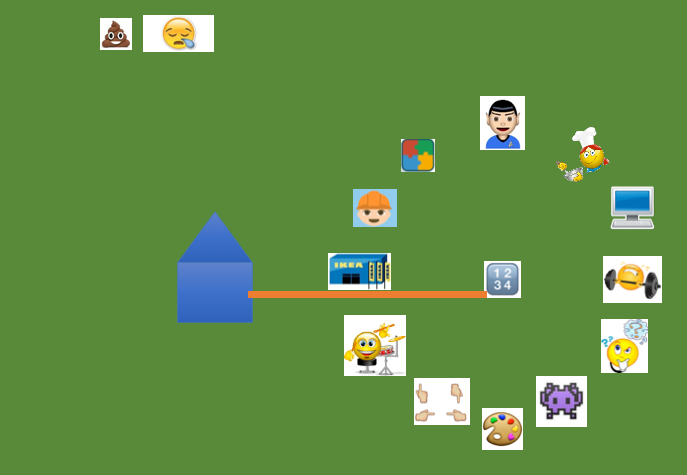
By the end of the discussion, the screen was filled with many pathways leading from the house to destinations.(actual screenshot)
I'm sure there were a few kids who weren't buying it. That's OK. The school year is a marathon, not a sprint. I still have plenty of opportunities to try and help them. Even if I did succeed in getting most of the kids to buy what I was selling about the importance of algebra, I am still not out of the woods. If I just took away their defense of, "It's lame. This is useless. I don't want to do it anyway", the only thing left is "I can't". Good thing I have an entire year to chip away at that attitude... because by June, I want them all to say, "I did".
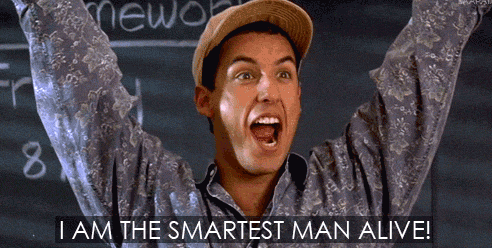
Happy Madison Productions
I realize this post may not be 100% scientifically accurate. I simplified and paraphrased some pretty complicated concepts in order to quickly and concretely make a very important point to my students. If you are an expert in the field of neuroscience (you must be wicked smart) please feel free to leave any helpful suggestions in the comments.
